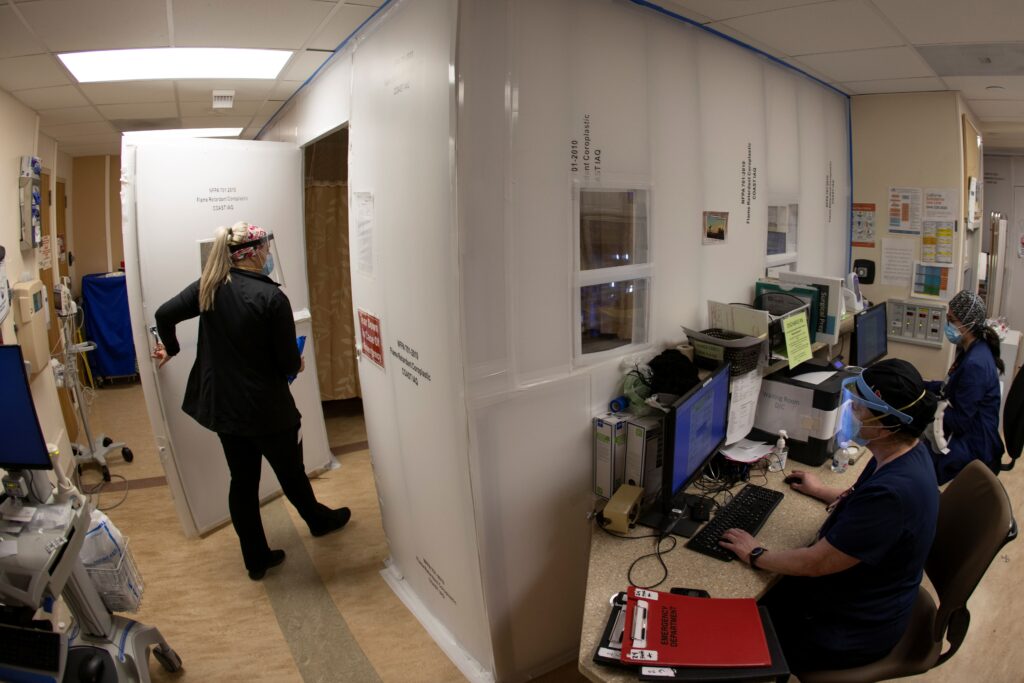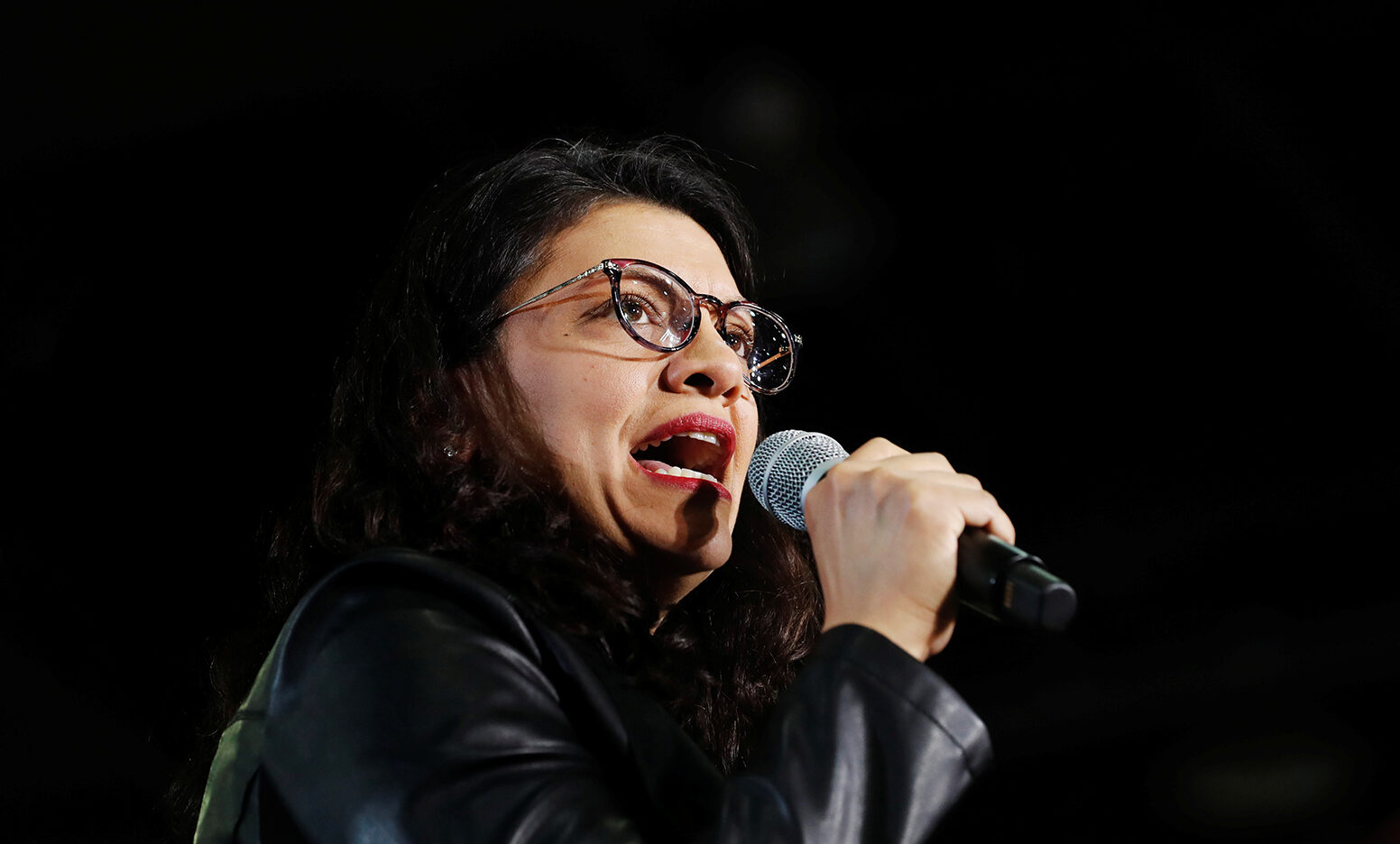On May 26th, the United States Court of Appeals for the First Circuit issued a ruling that could make it more difficult for private companies to fire employees for speaking to the media.
The case involved a Maine hospital worker, Karen-Jo Young, who was fired for submitting a letter to a local newspaper in which she complained that her hospital was understaffed and that the shortage of workers was negatively impacting staff morale and patient care. Almost immediately after the newspaper published the story, Maine Coast Memorial Hospital fired Young for violating a media policy that forbids employees from talking to the media.
Rather than accept that she’d been fired, Young challenged the hospital’s gag order in court. She claimed that her letter was protected under federal labor laws, which prohibit employers from “discharging, disciplining, or otherwise discriminat[ing] against employees for engaging in concerted activities and/or for supporting” labor organizations. In labor law, “concerted activity” is defined as when “two or more employees take action for their mutual aid or protection regarding terms and conditions of employment.”
In March 2020, the National Labor Relations Board sided with Young, ordered the hospital to reinstate her, and struck down the hospital’s media policy.
The hospital appealed the decision, arguing that Young’s letter was not a “concerted activity” because she was not a member of the union and did not write the letter with other union employees.
The case went to the First Circuit, which unanimously ruled in Young’s favor. While Young had written the letter alone, the court explained, she was not alone in her efforts to bring attention to understaffing.
“Although no other employee had requested or approved Young’s letter, many employees expressed support for the cause she championed (increased staffing). Those employees had outwardly manifested their support through petition, the sticky note protest, and conversations at the hospital,” U.S. District Judge William Smith wrote, adding that Young had “acted in support of what had already been established as a group concern.
During the pandemic, as hospitals struggled to keep up with the surge of COVID patients, managers clamped down on staffers who spoke to the press about their work conditions. In 2020, The New York Times reported that hospitals in New York and New Jersey had disciplined or fired staff members for speaking to the media without permission from management. Other newspapers have reported similar stories in Washington and California.
Young’s case could pave the way for other hospital workers to push back against official policies that prohibit them from speaking to the press.
Frank LoMonte, a media law professor at the University of Florida and the director of the Brechner Center for Freedom of Information, told Courthouse News that the First Circuit’s decision “sends a really strong message to employers everywhere that you can’t gag your employees from complaining about working conditions” and that “employers around the country are going to need to reexamine their rulebooks in light of this ruling.”
Tags




